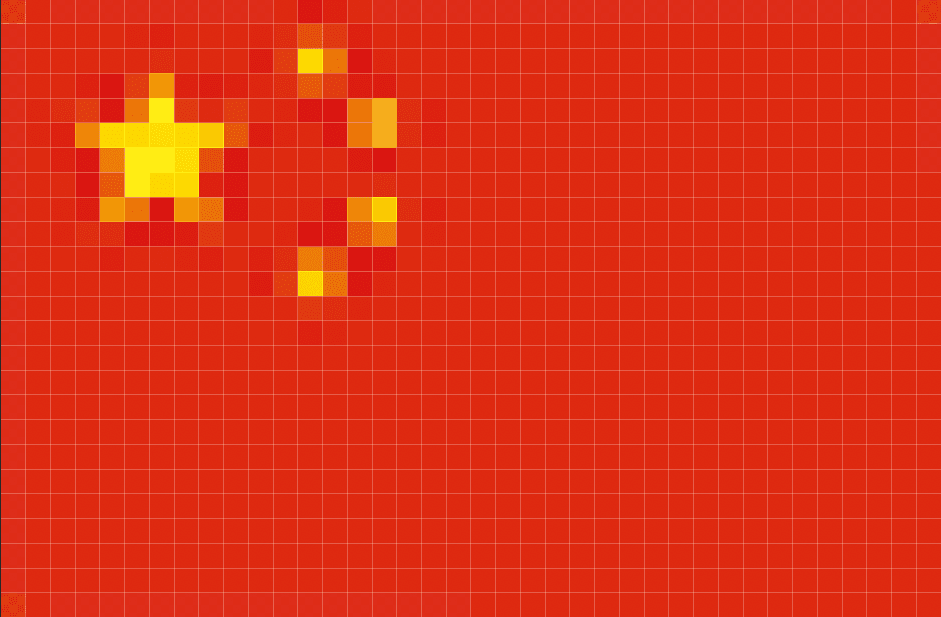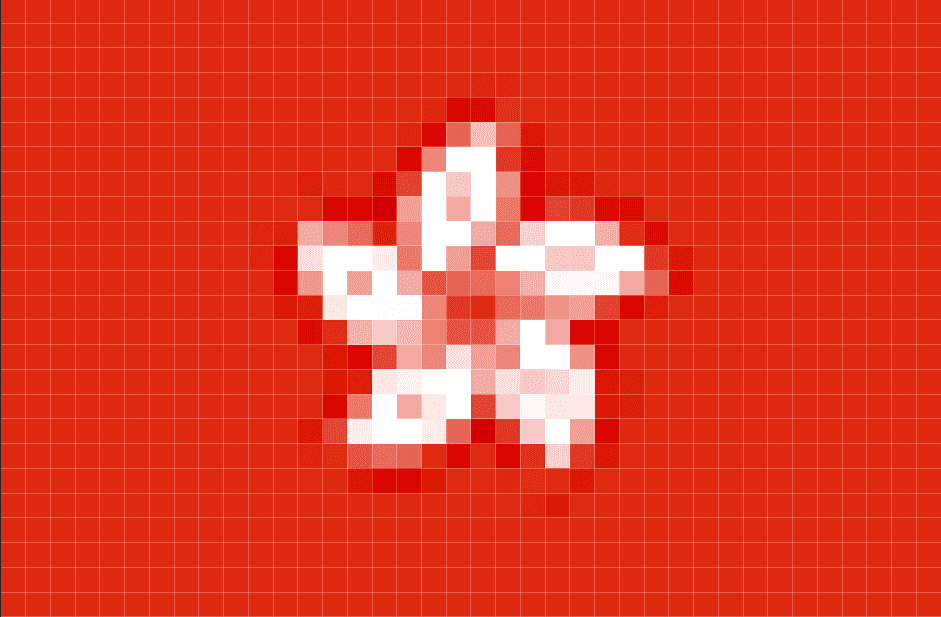your cart
Your cart is empty.
Soba noodles are a staple of Japanese cuisine. There are a number of ways in which they can be served and eaten, with several varieties to be tried. We take a look at some of the ways soba noodles can be enjoyed. Soba noodles have been enjoyed as part of Japanese cuisine since the Edo era, around the 17th to 19th century. During this period of history, soba noodles were known as misoka-soba, and they were eaten at the end of each month as a way of celebrating good health and wishing for more good health in the month to come. As such, soba noodles are considered a special meal that can be eaten as part of New Year festivities to encourage prosperity and longevity. Likewise, a dish known as hikkoshi-soba will be enjoyed after moving house.Unlike other popular noodles, ramen and udon, which are made from wheat flour, soba noodles are made using buckwheat flour. This makes soba noodles very nutritious, low in fat and cholesterol, as well as being gluten-free! Therefore, soba noodles can be considered a great noodle type to choose when looking for a healthier option. Soba noodles are very popular and widely available in Japan, with restaurants and takeaways dedicated to this specific variety of noodle. Like other noodles, there are a number of variations in dishes. We take a look at how to eat and serve soba, as well as some of the most popular types.
How to Eat Hot Soba
When soba is eaten hot, the noodles will be served in a deep bowl, covered in broth and accompanied by any additional ingredients of your choosing. The dish will often come with condiments including spring onion, wasabi and ginger, which can be added to the dish as required. However, it is important to taste your broth before adding such extras, as they may have already mixed these ingredients into the dish, and mixing in more may ruin the taste.
The noodles should be eaten without biting them, so only pick up a mouthful worth with your chopsticks. When you want to eat some broth, it should be drunk straight out of the bowl. As you drink the broth, you can slurp up some noodles. In fact, slurping is considered good manners in Japan, unlike in Western cultures, as it is a sign that you are enjoying your meal! Slurping also helps to cool the dish down, although you do not have to finish all of the broth once you have eaten the noodles.
Image Credit: Soba Noodles @Matsuya, Kanda
How to Eat Cold Soba
Cold soba comprises of cooked soba noodles, a dipping cup or bowl filled with a flavourful sauce called tsuyu, a pot of sobaya (the water in which the soba was cooked), as well as any toppings, which are served on the side for cold soba. As with hot soba, you should taste the dipping sauce, and add any condiments such as wasabi or ginger to adjust the flavour as required.
The noodles should be picked up with chopsticks, and then the bottom third of the noodles should be dipped into the sauce. Bring the dipping cup, known as a sobawan, close to your face to eat so that the sauce does not drip when you remove the noodles. Only the noodles should be dipped into the tsuyu sauce, not the side dishes. Once the noodles have been eaten, the pot of sobaya should be poured into the tsuyu to create a beverage to drink at the end of the meal.
Image Credit: Opponent
Types of Soba Dishes
Tensoba
Tensoba involves soba noodles served with a topping of tempura. Tempura is typically seafood or vegetables which have been battered and deep-fried. For seafood tempura, the most popular types include prawn and squid. Tensoba can come as either a hot dish or a cold dish. The hot dish will come with tempura served on top of a hot noodle soup, while a cold dish, sometimes known as tenzura soba, will see the tempura served as a side dish alongside the noodles.
Tsukimi
Tsukimi soba is a bowl of soba noodles topped with a raw egg. If the noodles are served hot, then the heat from the dish can lightly cook the egg. However, some may prefer to poach the egg first before adding it to the dish. The dish is called Tsukimi as the word translates to ‘moon viewing’, and the egg is thought to give the appearance of the full moon.
Tororo is made from grating a yam, which produces a white sticky and gooey topping for dishes. When soba is served warm, the tororo will simply be added to the top of the dish, but if served cold, it is typically served as a separate dish. In addition to soba noodles, tororo is also commonly added to natto, tuna sashimi and cooked wheat.
If you want to create your very own soba dish, then you can find a wide range of Japanese noodles online here at Oriental Mart!
this site uses cookies
We and our advertising partners use cookies on this site and around the web to improve your website experience and provide you with personalised advertising from this site and other advertisers. By clicking allow, you accept the placement and use of these cookies for these purposes. Learn More


